As furniture manufacturers adapt to demand for smaller batches, this software innovation promotes efficient processing of bespoke orders and varied workloads by enabling multiple panels to be handled in pendulum mode.
Pendulum loading principles
Pendulum loading is well established as an approach for maximising uptime and productivity in CNC machining. Pendulum mode allows an operator to load and unload parts at one end of the bed while the machine works at the other end. This means the machine is never sitting idle, and the operator isn’t wasting time watching the machine and waiting for it to finish its cycle. A standard CNC machine has to pause between cycles to allow the operator to swap workpieces in and out. With pendulum loading, an operator can go an entire shift without having to stop the machine, allowing more parts to be processed in a shorter space of time.
What if, instead of being limited to single-panel pendulum loading, CNC machines could handle two, or even more workpieces simultaneously in pendulum mode? This would enable furniture manufacturers to make seismic efficiency gains and would make ‘batch one’ production commercially viable.
Underpinned by software advancements
Biesse has drawn on its in-house software engineering expertise to make multi-panel pendulum loading a reality on its Rover series of CNC machines. By further developing its proprietary B_Solid software, which makes high-tech operations intuitive and accessible by allowing the user to view the machine in virtual reality, Biesse has taken the complexity out of multi-panel pendulum loading.
For some time, there have been solutions on the market for machining multiple parts on one bed simultaneously. But not in pendulum mode. Now, thanks to this breakthrough, manufacturers can run multiple programmes whilst performing pendulum loading. The number of parts that can be worked on at any given time is limited only by the physical size of the bed or the number of pods and rails - a large machine may be able to accommodate up to eight workpieces (four on each side) at a time.
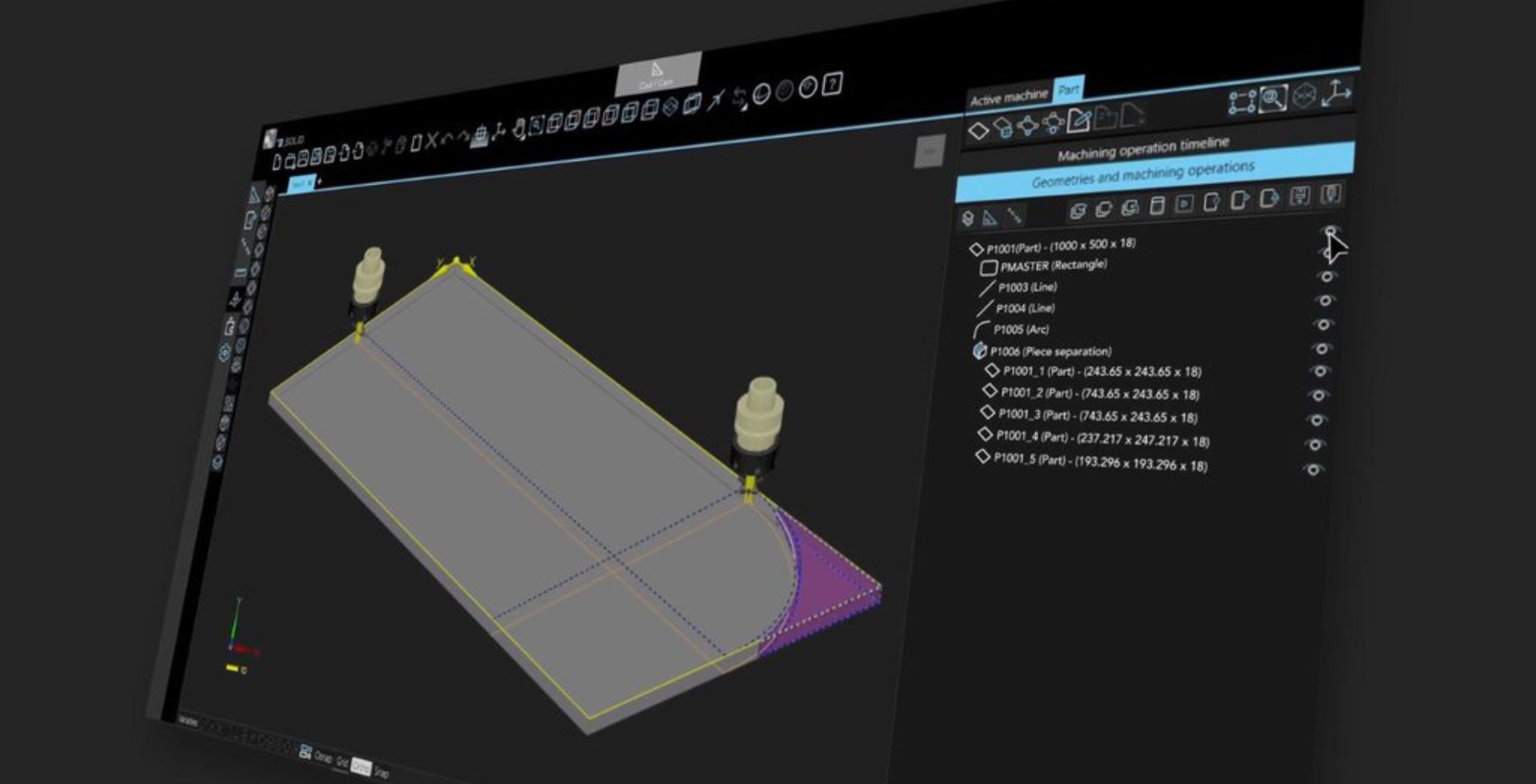
Why multi-panel pendulum loading?
The long-term trend in cabinet making is towards smaller batch sizes and bespoke units. Rather than producing a batch of 500 identical base units or panels, for example, furniture manufacturers might produce just a few of one cabinet type or part before switching over to a different programme. Whilst introducing greater variability into furniture manufacturing has advantages for inventory management and waste levels, the frequent changeovers present a challenge for productivity.
Biesse’s multi-panel pendulum loading solution can help manufacturers to maintain efficiency whilst adapting to increasingly varied workloads. It turns traditional production principles on their head. It makes it viable to machine an entire unit (a cabinet for example), as a single batch rather than machining multiple quantities of each component part one after the other.
This is a particularly attractive proposition for shop fitters and manufacturers of ‘bespoke’ kitchen, bedroom, bathroom, and home office furniture. For example, a machine in multi-panel pendulum mode will make light work of a kitchen order for cabinets of varying dimensions in different materials and colours, by treating every cabinet as a ‘batch one’ and producing it in its entirety before moving onto the next. This flexible approach to production eliminates the need to hold stock and has the potential to increase profit margins on bespoke work.


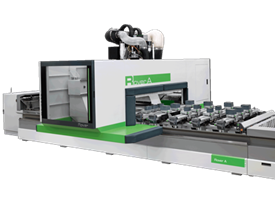
.png)
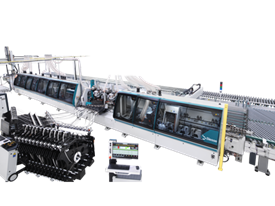
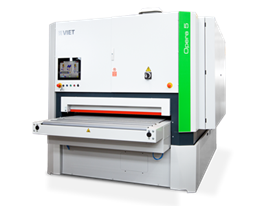
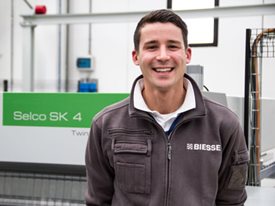
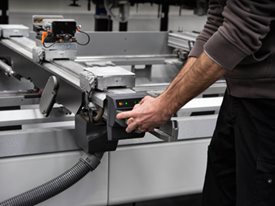

 Worldwide
Worldwide
 Italia
Italia
 United Kingdom
United Kingdom
 Россия
Россия
 France
France
 中国
中国
 Asia
Asia
 Deutschland
Deutschland
 España
España
 Schweiz
Schweiz
 North America
North America
 India
India
 Australia & New Zealand
Australia & New Zealand
 Türkiye Cumhuriyeti
Türkiye Cumhuriyeti
 Middle East
Middle East
 Brasil
Brasil